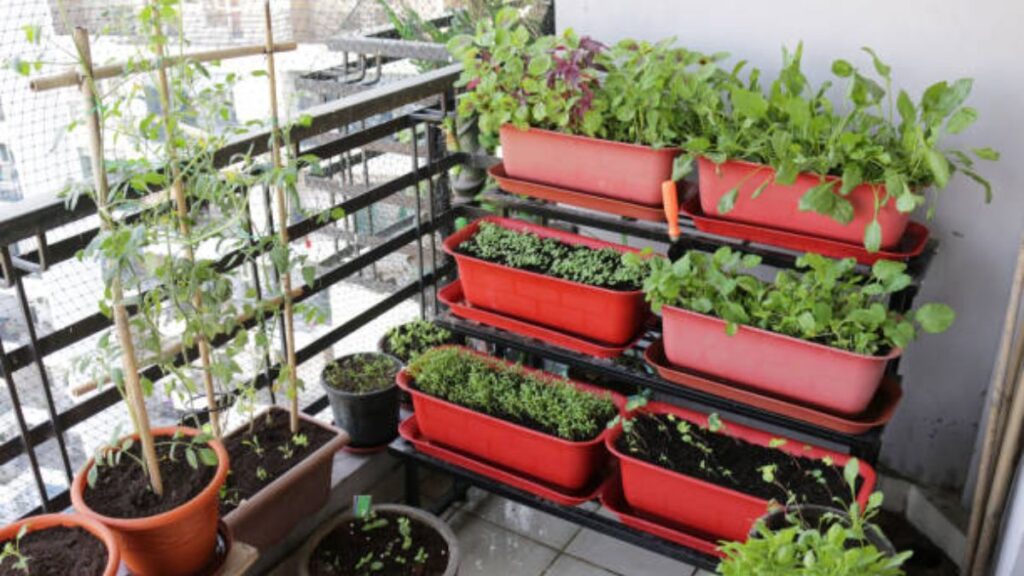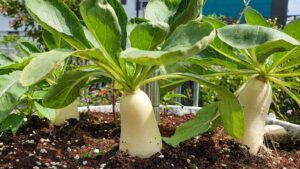Monsoon Magic: The Perfect Time to Start Your Kitchen Garden at Home

The monsoon season is nature’s way of rejuvenating the earth, offering the ideal conditions to start a thriving kitchen garden at home. With consistent rainfall, moderate temperatures, and enriched soil, this season provides the perfect environment for growing fresh herbs, vegetables, and leafy greens right in your backyard or balcony.
Why Monsoon Is the Best Time for a Kitchen Garden
The monsoon season delivers gentle, regular showers that keep the soil moist, reducing the need for frequent watering. Temperatures between 20°C and 30°C create optimal conditions for seed germination and plant growth, while high humidity aids nutrient absorption. However, proper drainage is crucial to prevent waterlogging, which can lead to root rot.
Preparing Your Soil for Monsoon Planting
Monsoon rains soften compacted soil, making it easier to till and aerate. Enhance soil fertility by mixing in organic compost, farmyard manure, or leaf mold. Natural additives like neem cake or bone meal can further boost nutrition and pest resistance. Before planting, test soil drainage—water should absorb within 2-4 hours. For clay-heavy soil, add cocopeat or coarse sand to improve aeration.
Best Vegetables and Herbs to Grow During Monsoon
- Leafy Greens – Spinach, fenugreek, amaranth, and coriander thrive in moist conditions.
- Root Vegetables – Radishes and carrots (short varieties) grow well in softened soil.
- Legumes – French beans, cluster beans, and peas enrich the soil with nitrogen.
- Fruit Vegetables – Tomatoes and chillies need good drainage and some sunlight.
- Herbs – Mint, basil, and dill add flavor and natural pest control.
Step-by-Step Guide to Starting Your Monsoon Kitchen Garden
- Choose the Right Spot – Ensure 4-6 hours of indirect sunlight and avoid waterlogged areas.
- Prepare the Soil – Loosen soil, mix in compost, and check drainage.
- Sow Seeds or Transplant Seedlings – Follow spacing guidelines for healthy growth.
- Water Wisely – Rely on rain but monitor excess moisture.
- Mulch for Moisture Retention – Use dried leaves or straw to regulate soil temperature.
- Pest Control – Use neem oil or garlic-chilli spray to deter pests.
- Harvest Regularly – Pick leafy greens and young vegetables for continuous yield.
The Wider Benefits of a Monsoon Kitchen Garden
Beyond fresh produce, a kitchen garden at home promotes sustainability by reducing plastic waste and carbon footprint. It ensures chemical-free, nutritious food for your family while reconnecting you with nature. The monsoon is the perfect time to embrace a greener, healthier lifestyle.








